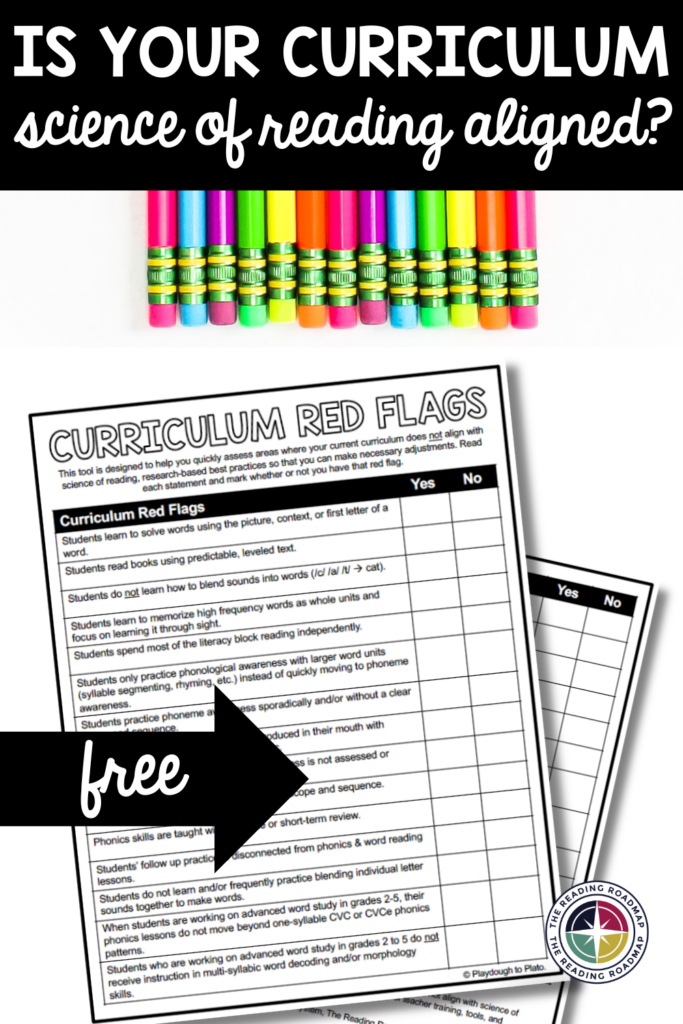Unfortunately, 67% of fourth graders in the United States currently read below grade level. One key factor is that most popular reading curriculums are NOT actually backed by science. Programs including Fountas and Pinnell’s Leveled Literacy Intervention, HMH Journeys, Reading Recovery, and HNH Into Reading lack important components required for students to receive the best possible reading instruction.
But it does not have to be this way!
Researchers have been studying how brains learn to read for DECADES and we can use that information to empower teachers with high quality teaching tools, training, and instructional support. The Science of Reading offers a proven framework for literacy instruction, emphasizing critical components including phonemic awareness, phonics, vocabulary, fluency, and comprehension.
Let’s explore six key signs that your curriculum may not be Science of Reading aligned so that you are empowered to help ALL of your students reach their fullest reading potential.
Lack of Phonemic Awareness Instruction:
Phonemic awareness is the ability to recognize and manipulate individual sounds in spoken words and it is foundational to students’ reading success. A Science of Reading aligned curriculum prioritizes daily phonemic awareness exercises from the earliest stages of instruction so that students learn to hear and move around the sounds in words. If your curriculum overlooks or minimizes phonemic awareness instruction, it may not be aligned with best practice.
Limited Phonics Instruction:
Phonics, the understanding of letter-sound relationships, is another essential component of reading instruction. Research has shown that for most students, learning to decode words accurately requires learning phonics in a systematic and explicit way so that students are not expected to connect the dots on their own. If your curriculum lacks a structured approach to teaching phonics or fails to emphasize letter-sound relationships, it may not align with the Science of Reading principles.
Inadequate Vocabulary Building:
A robust vocabulary is vital for comprehension. No matter how well a child is able to sound out the words on a page, if they do not understand what those words mean, they lack comprehension. Science of Reading aligned curricula incorporate explicit vocabulary instruction and exposure to diverse words. If your curriculum lacks focused vocabulary-building activities, it may not adequately support students’ comprehension development.
Overemphasis on Whole Language or Sight Words:
While building students’ reading fluency requires that they memorize words, the Science of Reading emphasizes the integration of other skills into the memorization process including phonics, phonemic awareness, and orthographic mapping so that students are able to connect the letters on a page to their spelling, pronunciation, and meaning. If your curriculum relies heavily on sight word memorization through flash cards or “drill and kill” practice, it may not fully align with the Science of Reading approach.
Ignoring the Science of Reading Research:
An indication that your curriculum may not be Science of Reading aligned is its failure to reference or integrate relevant research supporting effective reading instruction. An evidence-based curriculum should draw upon a wealth of research findings to inform its teaching methods, ensuring best practices are implemented.
Lack of Structured and Systematic Instruction:
Science of Reading emphasizes a structured, systematic approach to reading instruction, progressively building upon foundational skills. If your curriculum lacks a clear progression of skills and jumps inconsistently between topics, it may not adhere to research-based principles.
Identifying the signs of a curriculum that may not be Science of Reading aligned is crucial for ensuring effective reading instruction. If you recognize any of these signs in your current curriculum, it might be worth exploring alternative options that better adhere to research-based principles. By aligning your curriculum with the Science of Reading, you can provide your students with a strong foundation in reading that will benefit them throughout their lives.
Download Our Free Curriculum Checklist:
Want to assess how well your curriculum aligns with the Science of Reading? Download our free checklist (below), which highlights common red flags and provides insights into improving your reading instruction. Click the link below to grab your copy and optimize your curriculum for student success!


